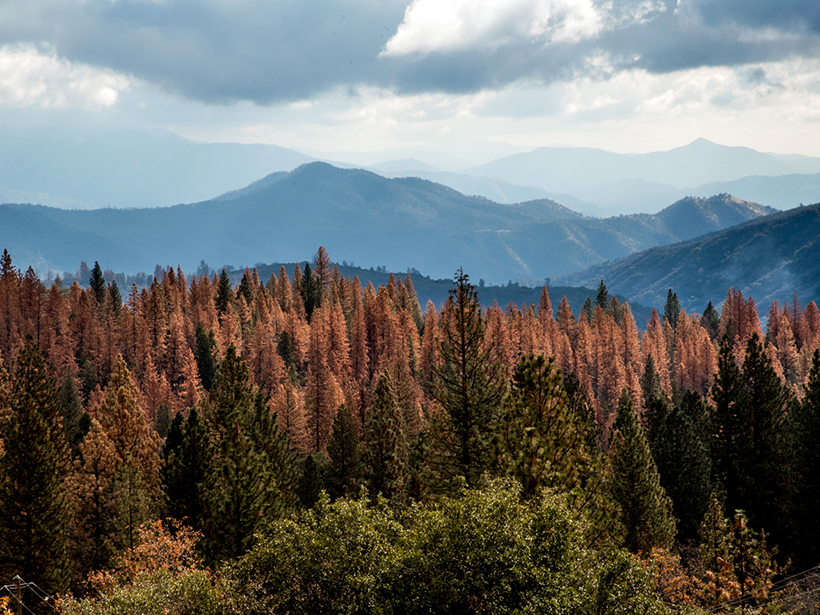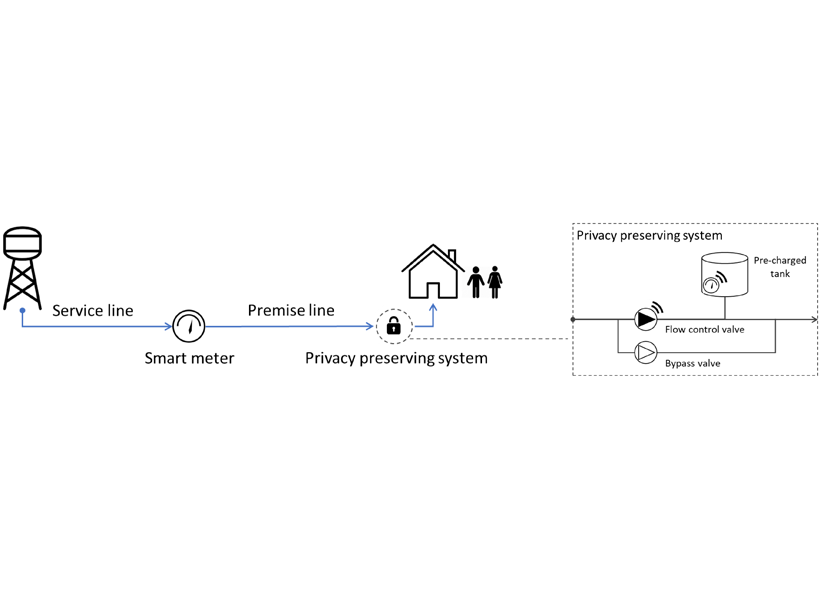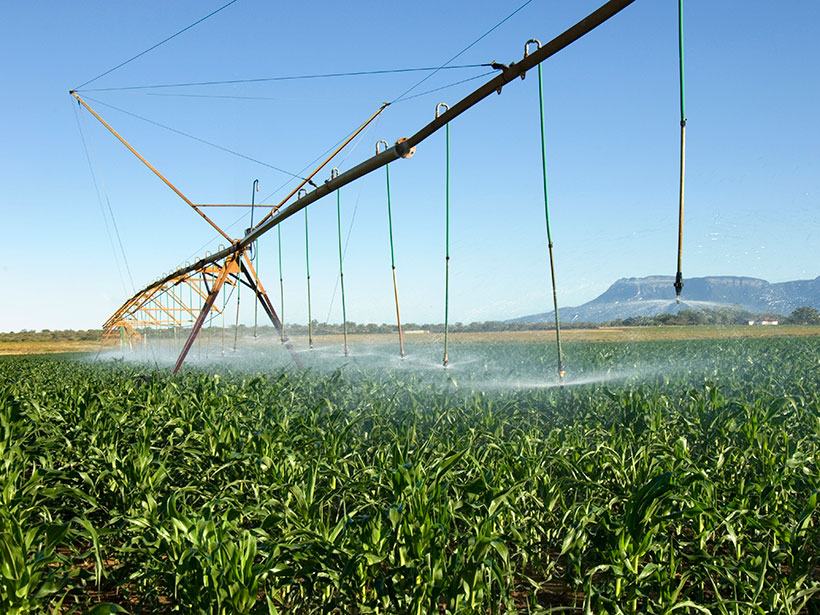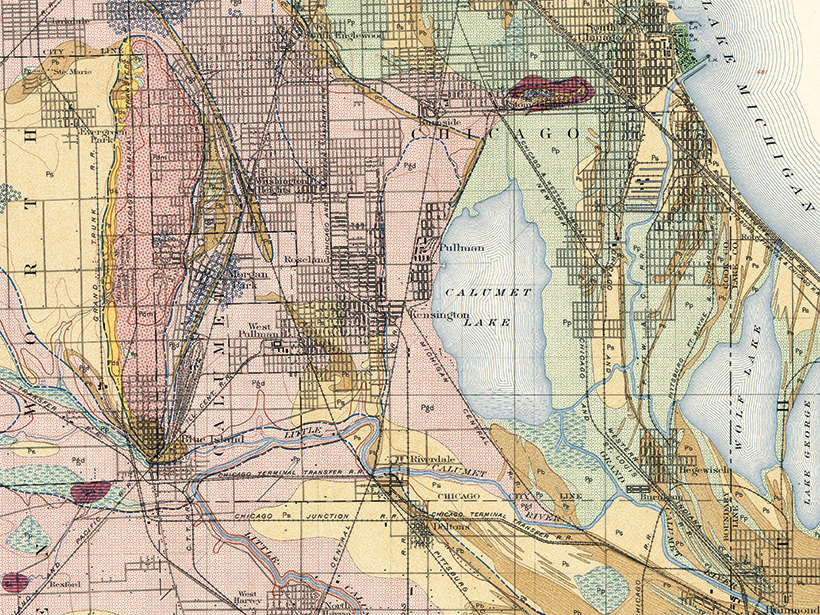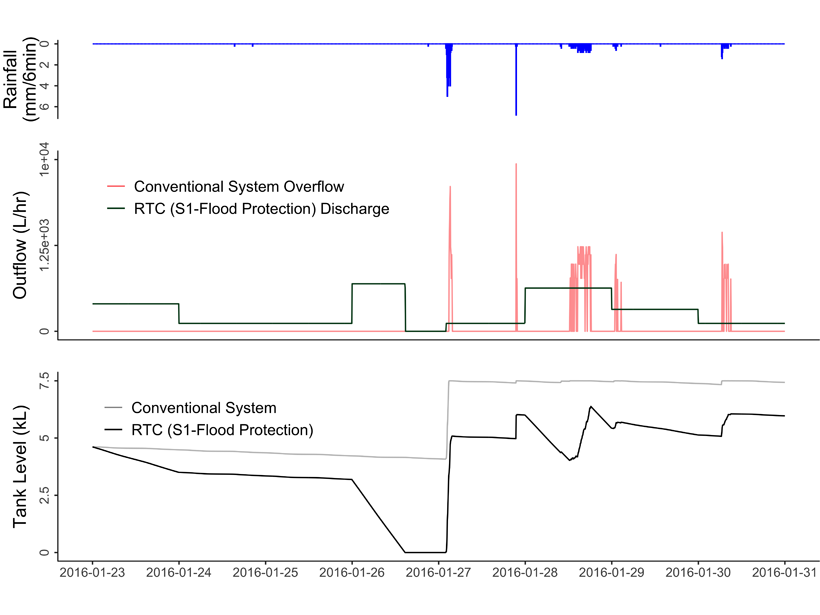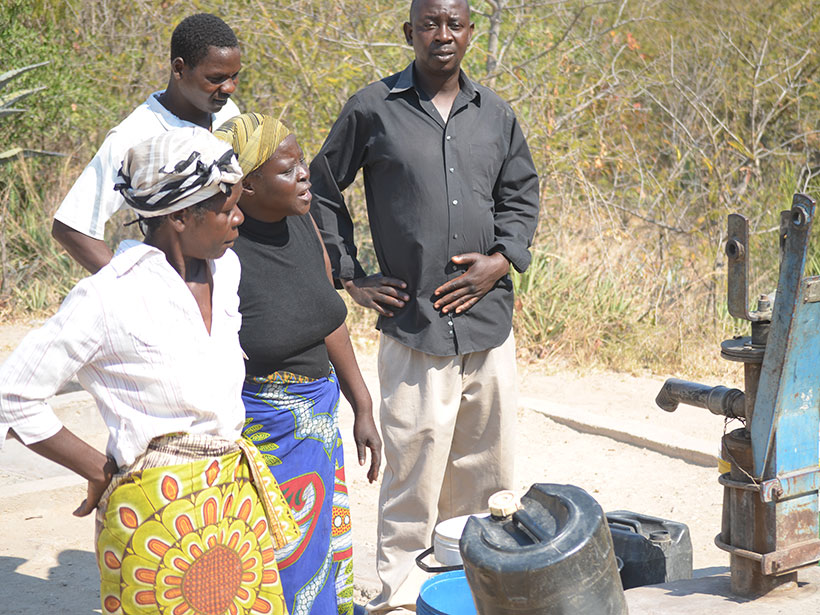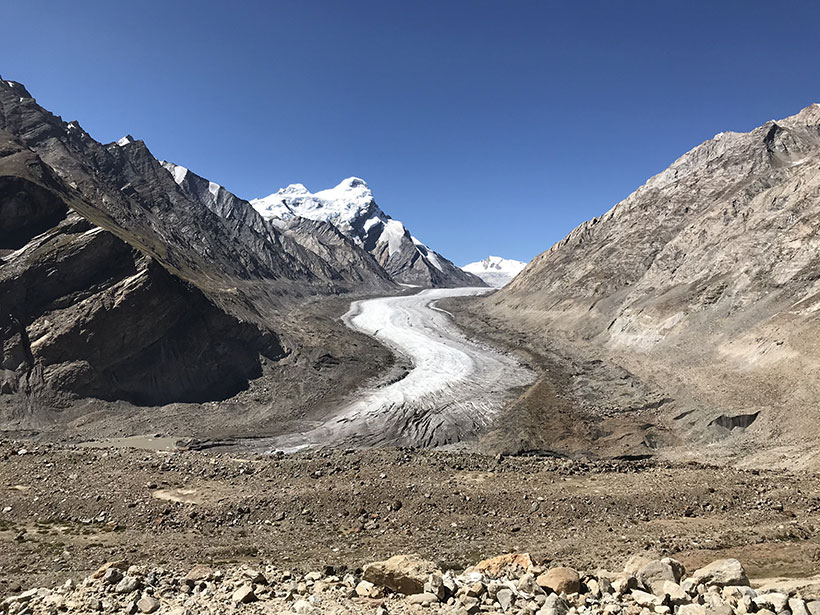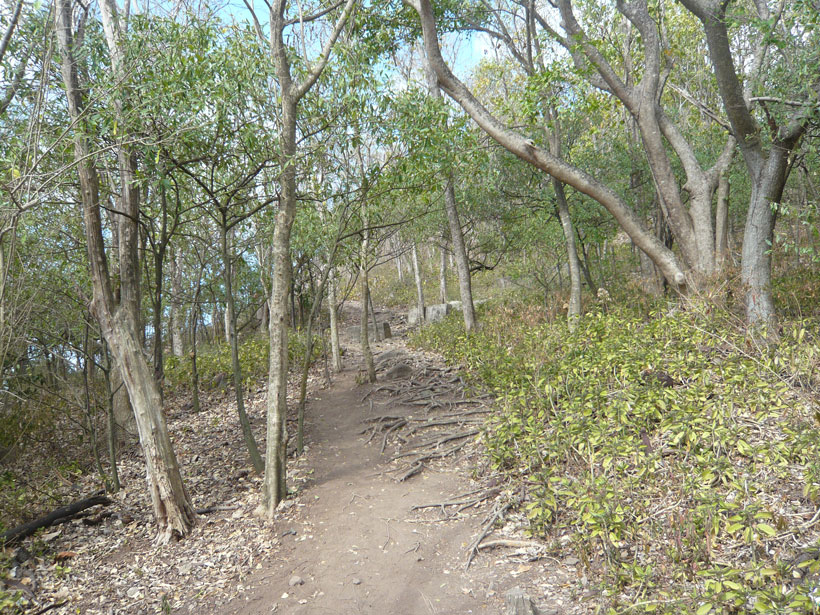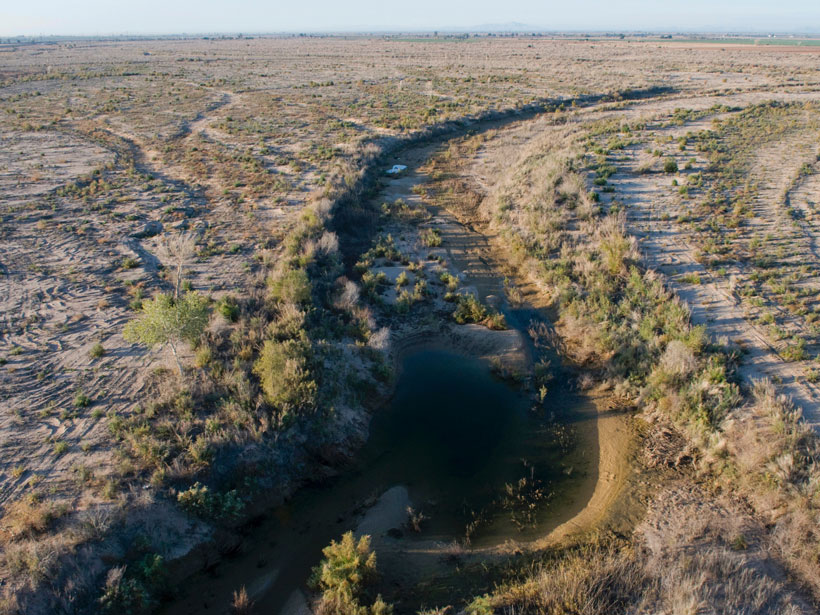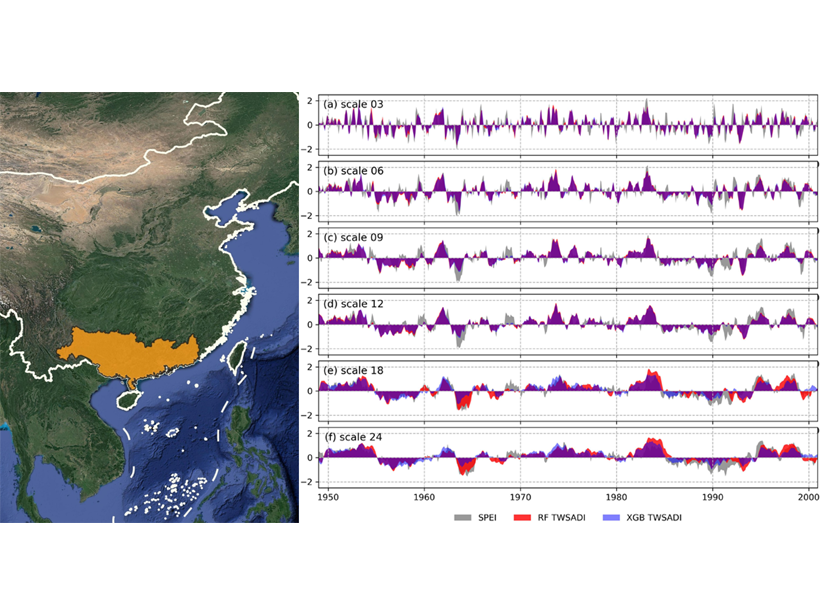The geology and the structure of Earth’s critical zone control subsurface moisture storage potential and determine the resilience of forest and river ecosystems to drought.
water supply
Smart Water Metering Need Not Compromise People’s Privacy
Scientists have devised a way of preserving privacy for smart water metering users while also providing water suppliers with information they can use to improve the efficiency of water services.
Minireservorios Podrían Salvar a Agricultores con Suelos Arenosos
Una tecnología de retención de agua subterránea recientemente reactivada podría conservar el agua y aumentar drásticamente el rendimiento de los cultivos en paisajes áridos con suelos arenosos como el África Subsahariana.
Chicago Wetlands Shrank by 40% During the 20th Century
A team of graduate students measured wetland and biodiversity changes during the 100 years following the reversal of the Chicago River.
Rainwater Harvesting Can Reduce Flooding as Well as Saving Water
Weather forecasting can greatly improve benefits of rainwater harvesting.
Groundwater Crisis in Zimbabwe Brought On by Droughts
Zimbabwe’s groundwater is disappearing fast, leaving rural communities without water for household and agricultural use.
A Future of Retreating Glaciers in the Himalayas
India’s first regional climate change assessment warns of accelerated glacier melt.
Worsening Water Crisis in the Eastern Caribbean
Scientists, policy makers, and residents are concerned that ongoing water shortages and longer periods of drought may worsen as the climate changes and that the Paris Agreement has fallen short.
Modeling Water Stress for Shared Water Resources
Billions of people rely on water resources that originate across borders. New research evaluates how climate change and increased water demand could affect future water stress.
Ensemble Learning Estimates Terrestrial Water Storage Changes
Ensemble learning models for estimating past changes of terrestrial water storage from climate are presented and tested in the Pearl River basin, China.

